|
Belem Santa Maria de Belém is a parish of Lisbon, Portugal, located 6km west of the present city center and 2km west of the 25th of April Bridge. Its name is derived from the Portuguese word for Bethlehem. Belém is famous as the place from which the great Portuguese explorers set off on their voyages of discovery. In particular, it is the place from which Vasco da Gama departed for India in 1497. It is also a former royal residence and features the Paço de Ajuda, a palace begun in 1802 but never completed.
|
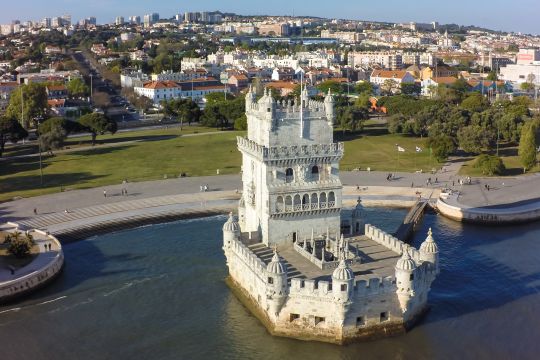 Belém Tower, or Torre de Belém, is a 5-stories fortified lighthouse. The quadrangular Tower of Belém is a monument to Portugal's Age of Discovery, and it often serves as a symbol of the country. It was constructed between 1515 and 1521 on the orders of Manuel I in order to defend the port at Belém, as well as the nearby Mosteiro dos Jerónimos. The tower stood on an island in the middle of the River Tagus until the course of the river was diverted by an earthquake in 1755 and the tower had survived the Great Lisbon earthquake. It is classified by UNESCO as World Heritage Site. The Torre de Belém was designed by Diogo and Francisco Arruda in the Manueline style - it is, in fact, Portugal's only example of a purely Manueline building. Among the decorations featured on the tower are Manuel's badge of honor (an armillary sphere) and a cross of the military Order of Christ (the successor organization to the Knights Templar in Portugal), who participated in many Portuguese conquests. The tower had been used as a prison, both by Spanish conquerors and by Dom Miguel. In 1807, French troops destroyed the top two stories of the tower, but these were later rebuilt. Within the tower, visitors can see the dungeons or enter the "whispering gallery", as well as climb up to a 35 m high platform which offers views of the Padrão dos Descobrimentos. The tower was the departure point for explorers to the rest of the world in the sixteenth and seventeenth centuries. 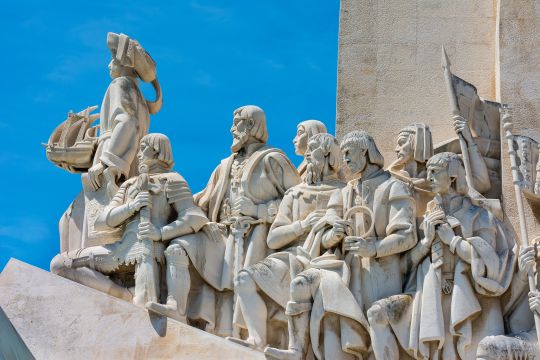 Monument to the Discoveries is a 52m high concrete structure located next to the River Tagus in Belém. It was erected in 1960 to commemorate the 500th anniversary of the death of Henry the Navigator. The monument is carved into the shape of the prow of a ship in which stands a statue of Henry the Navigator looking out over the river, as well as statues of various explorers, cartographers, writers, artists and missionaries. Also included is a statue of Luís de Camões, the poet and recorder of the discoveries, whose tomb is in the nearby Mosteiro dos Jerónimos. The side of the Padrão dos Descobrimentos which faces away from the river features a carved sword which stretches for the full height of the monument. A small space within the monument hosts occasional temporary exhibitions on the history of Lisbon. The top of the monument offers views of the Torre de Belém and Cristo Rei across the river. Adjacent to the monument is a square into whose surface is set a map showing the routes of various Portuguese explorers and a wind rose, which was donated by South Africa. Facing the Tower of Belém is a monument commemorating the first Portuguese to cross the Atlantic by airplane (not nonstop). The date was March 30, 1922, and the flight took the pilot Gago Coutinho and the navigator Sacadura Cabral from Lisbon to Rio de Janeiro. 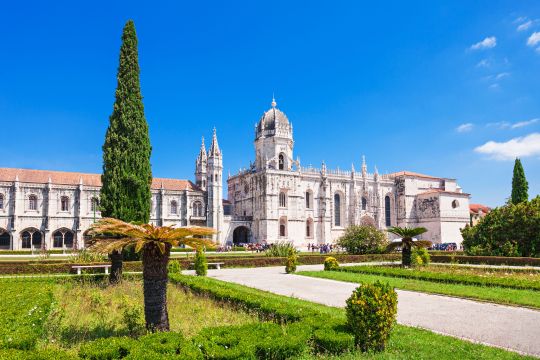 The Jerónimos Monastery along with nearby Torre de Belém is classified as a UNESCO World Heritage Site. The monastery for the Hieronymite monks was built on the site of the Ermida do Restelo, a hermitage founded by Henry the Navigator. It was at this hermitage that Vasco da Gama and his men spent the night in prayer before departing for India. The existing structure was started on the orders of Manuel I (1515-1520) to commemorate Vasco da Gama's successful return from India. Construction of the monastery began in 1502 and took 50 years to complete. The building of the monastery was funded by a 5% tax on eastern spices, with the exceptions of pepper, cinnamon and cloves, revenue from which went straight to the Crown. The monastery was designed in the Manueline style by Diogo de Boitaca, who was one of the originators of style and by João de Castilho, a Spaniard who took charge of construction in around 1517. The ornate main entrance to the monastery was designed by Castilho and features several carved figures, including one of Henry the Navigator. Within the monastery is the stone tomb of Vasco da Gama (1468-1523), as well as that of the poet and recorder of the discoveries, Luís de Camões (1527-1570). |
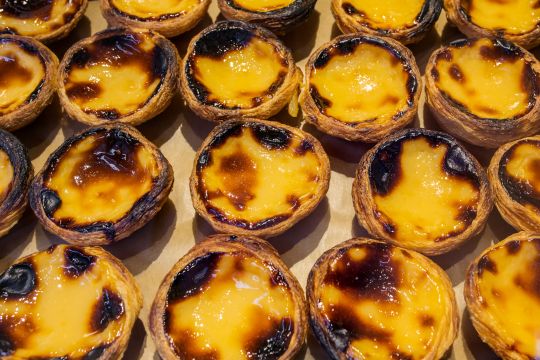 In an extension added to the monastery in 1850 is located the Museu de Arqueologia (Archaeological Museum). The Museu da Marinha (Maritime Museum) is in west wing. In the heart of Belém is the Praça do Império: gardens centred upon a large fountain, laid out during World War II. To the west of the gardens lies the Centro Cultural de Belém. This was built for Portugal's 1992 presidency of the EU. It is now an arts complex, containing Belém's Museu do Design (Design Museum). To the southeast of the gardens is the Paço de Belém (1770), the official residence of the Portuguese President. Five hundred metres to the east of Praça do Império lies Belém's other major square Praça Afonso de Albuquerque. Belém is home to a number of other museums, many of which were established by Salazar for the 1940 Belém Expo: Museu da Electricidade (Electricity Museum), Museu do Centro Científico e Cultural de Macau (Macao Cultural Museum), Museu de Arte Popular (Folk Art Museum) and Museu dos Coches (Coach Museum). Belém's main street is Rua da Belém, in which there is a 160-year-old pastry shop, at which can be purchased one of the famous pastel de Belém - custard tarts made with flaky pastry. 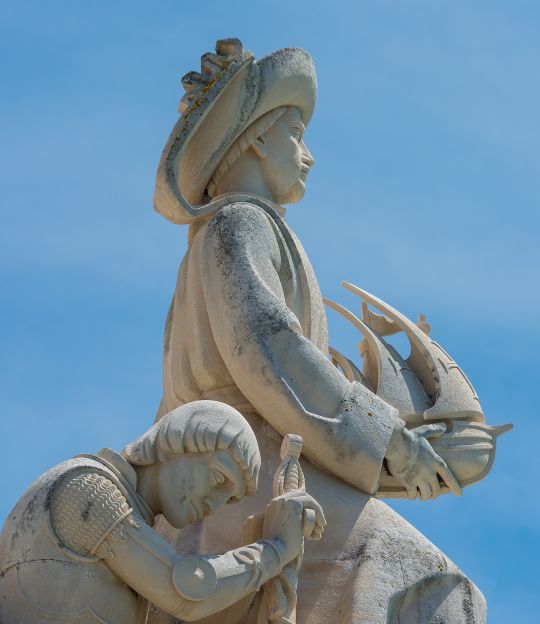 World-Class Explorers 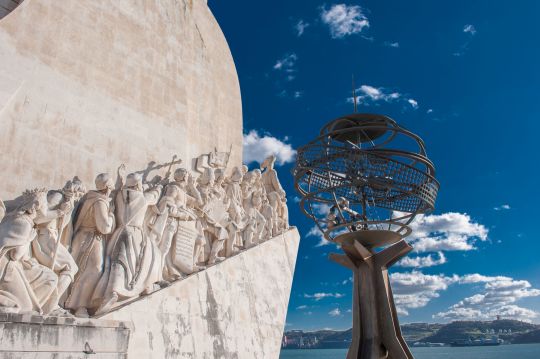 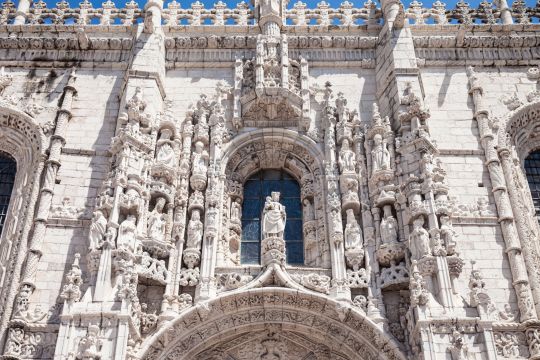 |





